If you’re a coffee enthusiast, you know that getting the perfect brew is a combination of art and science. One of the most crucial elements in making that perfect cup is knowing how much coffee grounds per cup to use. Whether you’re brewing in a French press, drip coffee maker, or pour-over, the amount of coffee grounds you use can make or break your coffee experience.
In this article, FnB Coffee will explore the right coffee-to-water ratio for various brewing methods, the science behind it, and some tips to help you perfect your coffee at home. If you’re ready to elevate your coffee game, read on to find out how much coffee grounds per cup you should be using to achieve that ideal cup every time.
Understanding Coffee Grounds and Water Ratio
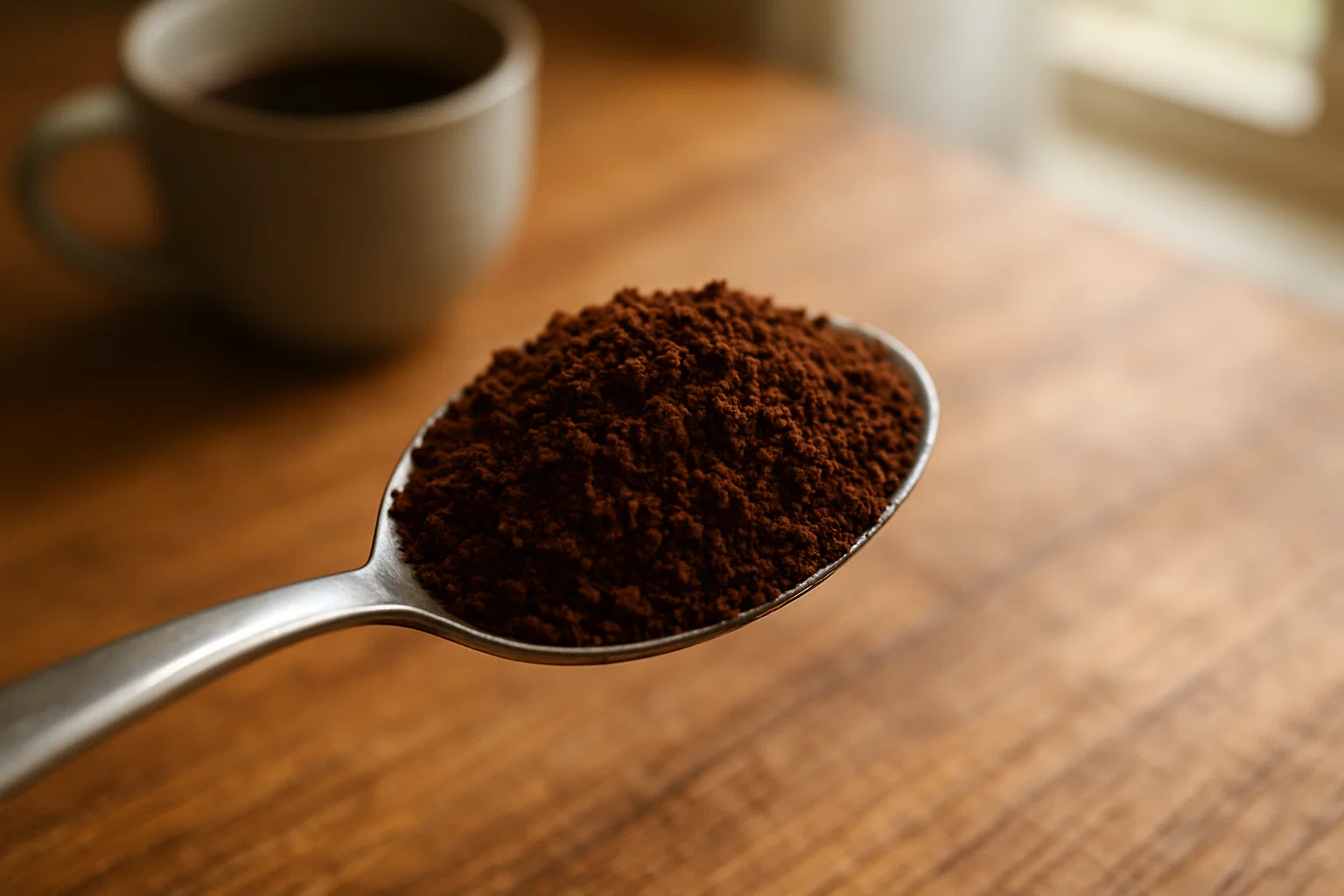
The coffee-to-water ratio is fundamental to making great coffee. Too many grounds can lead to a bitter, over-extracted brew, while too few can leave you with a weak and underwhelming cup. But how much coffee grounds per cup is ideal?
It all depends on your brewing method, personal taste, and the type of coffee you’re using. Typically, a standard ratio for drip coffee is about 1 to 2 tablespoons of coffee per six ounces of water. This ratio can be adjusted to taste, but it serves as a solid starting point for most brewing methods.
Read also: The Ideal Coffee to Water Ratio for a Perfect Cup
Different Brewing Methods and Their Ratios
1. Drip Coffee Maker
For many, the drip coffee maker is the go-to option for brewing coffee at home. The convenience and ease of use make it a popular choice. The standard ratio for a drip coffee maker is 1 to 2 tablespoons of coffee grounds per six ounces of water.
This can be adjusted depending on how strong you like your coffee. If you’re looking for a more robust flavor, consider using 2 tablespoons per six ounces. For a milder taste, use 1 tablespoon.
2. French Press
The French press method is beloved for its rich, full-bodied coffee. The coffee grounds steep in hot water, allowing the flavors to fully extract. The recommended ratio for French press brewing is 1 to 1.5 tablespoons of coffee grounds per four ounces of water.
For a stronger brew, you can increase the amount of coffee grounds. Generally, for an 8-ounce cup, you’ll want to use around 2 tablespoons of coffee grounds.
3. Pour-Over
Pour-over coffee requires a more hands-on approach, where you manually pour hot water over the coffee grounds, allowing the water to flow through the filter. The ideal ratio for pour-over coffee is similar to that of a drip coffee maker: 1 to 2 tablespoons of coffee grounds per six ounces of water.
Depending on the type of coffee and your personal taste, you can adjust this ratio. If you prefer a more concentrated brew, increase the amount of coffee grounds per cup.
4. Espresso
Espresso is a more concentrated form of coffee that’s made by forcing hot water through finely-ground coffee at high pressure. The standard ratio for espresso is about 18 to 20 grams of coffee grounds per double shot (about 2 ounces of water).
This is significantly more concentrated than other brewing methods. If you’re using an espresso machine, the ratio may vary depending on your machine’s settings, so it’s worth experimenting to get your desired flavor.
5. Cold Brew
Cold brew coffee is brewed over an extended period, usually 12 to 24 hours, using cold water. Since cold brew coffee tends to be less acidic and smoother than hot-brewed coffee, the ratio of coffee grounds to water is typically stronger.
A general guideline is 1 cup of coffee grounds for every 4 cups of water. This can be adjusted based on how concentrated you want your cold brew to be.
How Much Coffee Grounds Per Cup: A Simple Calculation
Now that we know the standard ratios for various brewing methods, it’s helpful to simplify the math for when you’re brewing multiple cups of coffee. Here’s a quick guideline to help you calculate how much coffee grounds per cup you need:
- For a drip coffee maker, you’ll need about 1 to 2 tablespoons per 6 ounces of water.
- For a French press, 1 to 1.5 tablespoons per 4 ounces of water is ideal.
- For a pour-over, aim for 1 to 2 tablespoons per 6 ounces of water.
- For an espresso, you’ll want around 18 to 20 grams per 2 ounces of water.
- For cold brew, use 1 cup of coffee grounds per 4 cups of water.
These ratios serve as a general starting point, and from here, you can tweak the amount of coffee grounds based on your taste preferences.
Why the Right Coffee Grounds Matter
The ratio of coffee grounds to water plays a pivotal role in the flavor profile of your coffee. Understanding this ratio can help you unlock the ideal balance of strength, bitterness, and smoothness that suits your preferences.
If you use too many coffee grounds, the resulting brew might taste too bitter, overly strong, or over-extracted. On the other hand, too few grounds may leave your coffee tasting weak and underwhelming.
Read also: How Many Cups of Coffee Can You Make from 1kg of Indonesian Coffee Beans?
Factors That Affect Coffee Strength
Besides the amount of coffee grounds you use, other factors can impact the strength and flavor of your coffee:
- Grind Size: The grind size of your coffee beans affects how quickly the water extracts the flavors. Coarse grinds are ideal for French presses and cold brews, while medium grinds work best for drip coffee makers and pour-over methods. Espresso requires a fine grind to allow for optimal extraction under pressure.
- Brewing Time: The longer you brew your coffee, the more extraction occurs. French press and cold brew methods typically take longer, which is why they require a slightly higher amount of coffee grounds. Espresso, on the other hand, has a short extraction time under high pressure.
- Water Temperature: Coffee brews best at temperatures between 195°F and 205°F. Water that’s too hot can extract undesirable flavors, while water that’s too cold can lead to under-extraction, resulting in a weak cup of coffee.
- Coffee Bean Type: Different types of coffee beans will require different amounts of grounds to get the ideal flavor. Lighter roasts generally require more coffee grounds per cup, while darker roasts can be brewed with slightly fewer grounds. Experiment with different bean types to find your perfect brew.
Common Mistakes to Avoid When Brewing Coffee
To make sure you’re always brewing the best cup of coffee, here are some common mistakes to avoid:
- Using the Wrong Ratio: Using too few or too many coffee grounds will drastically affect the taste. Always measure your coffee grounds to ensure you’re using the proper ratio for your brewing method.
- Not Using Fresh Coffee Grounds: Freshly ground coffee tastes better. If you’re using pre-ground coffee, try to grind your beans right before brewing to preserve their flavor.
- Ignoring the Grind Size: Using the wrong grind size for your brewing method can lead to poor extraction. Be sure to adjust your grind size depending on whether you’re using a French press, espresso machine, or pour-over.
- Inconsistent Water Temperature: Water that’s too hot or too cold can result in poor extraction. Invest in a good kettle with temperature control, especially if you’re using a pour-over or French press.
- Not Cleaning Your Equipment: Regularly clean your coffee maker, French press, or espresso machine. Old coffee oils and residue can affect the taste of your coffee, making it bitter or off-flavored.
Conclusion
So, how much coffee grounds per cup should you be using? The answer depends on your brewing method and personal taste preferences. A good rule of thumb is to start with 1 to 2 tablespoons per 6 ounces of water for drip coffee, pour-over, and French press brewing. From there, you can adjust to achieve your perfect cup of coffee.
Experimenting with different ratios, grind sizes, and brewing methods will help you find your ideal brew. With the right amount of coffee grounds and a little practice, you’ll be able to enjoy a cup of coffee that’s just the right strength and flavor, every time.
Remember, coffee brewing is a personal journey—find what works for you, and get ready to enjoy the perfect cup, every single time.



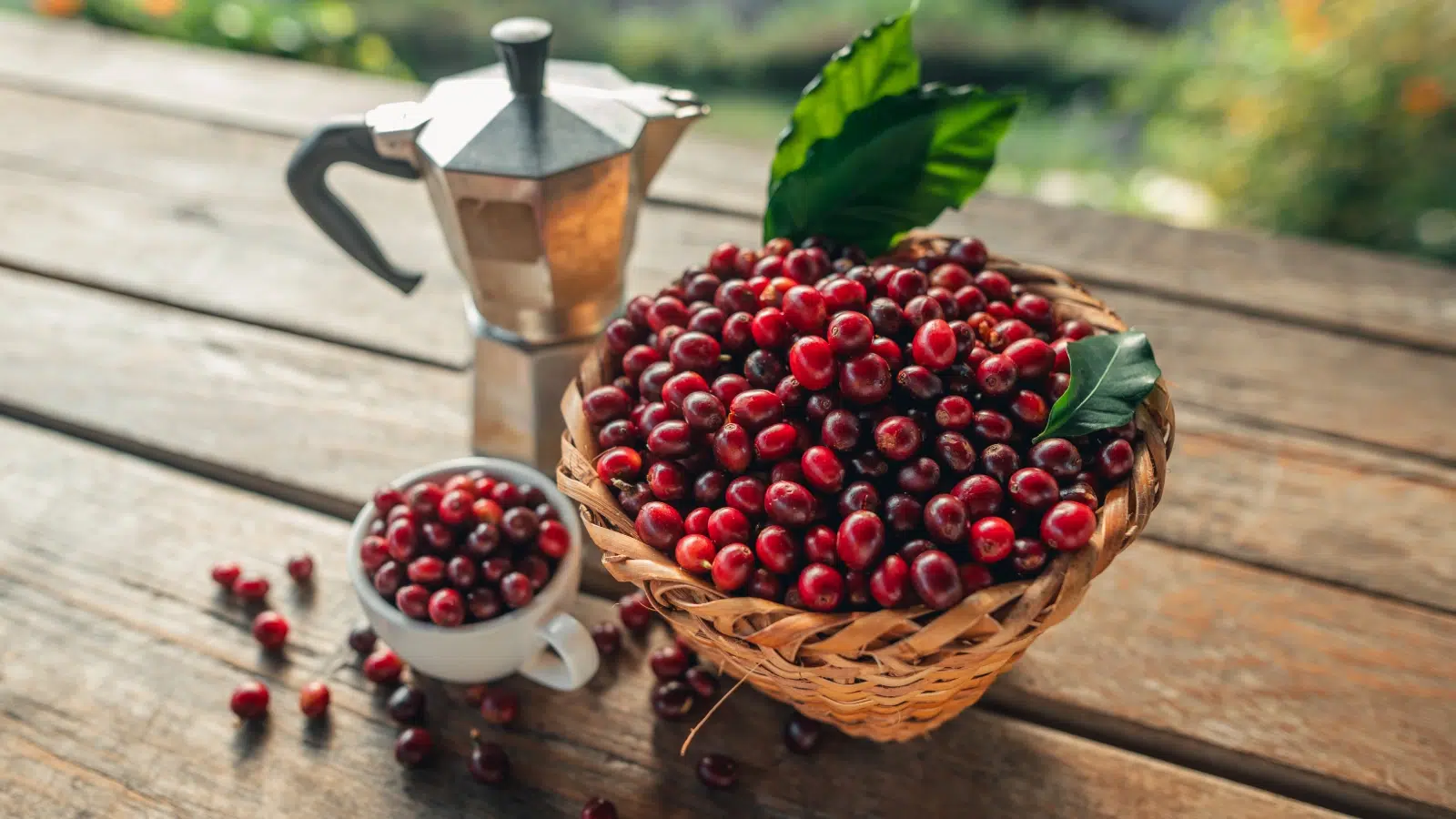




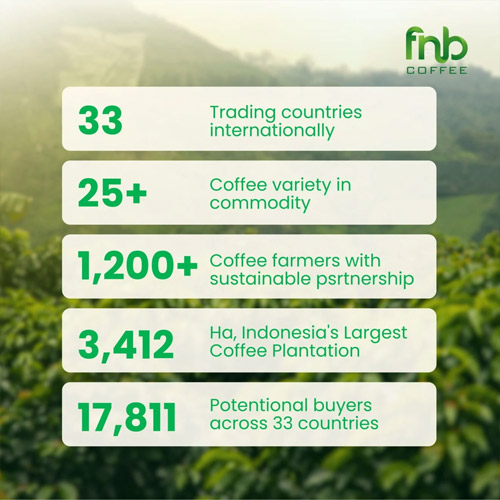





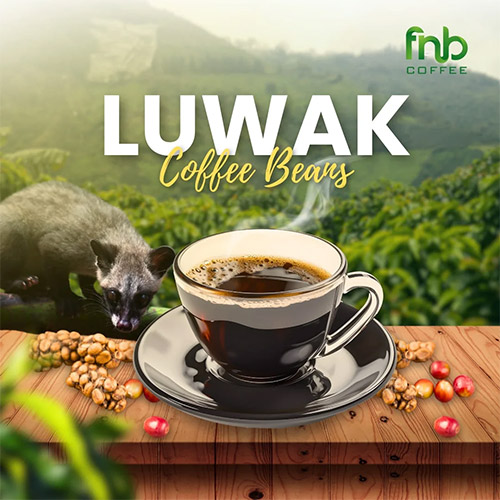

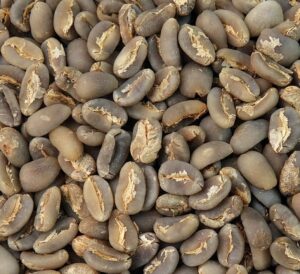


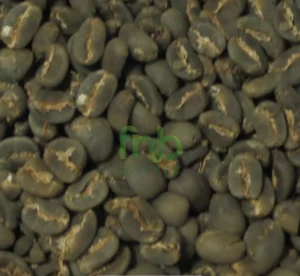
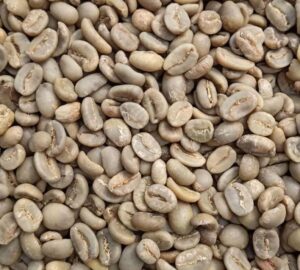


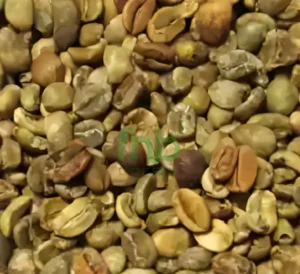



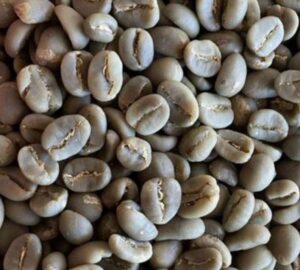








 Arabic
Arabic Chinese (Simplified)
Chinese (Simplified) Dutch
Dutch English
English French
French German
German Indonesian
Indonesian Italian
Italian Japanese
Japanese Portuguese
Portuguese Russian
Russian Spanish
Spanish